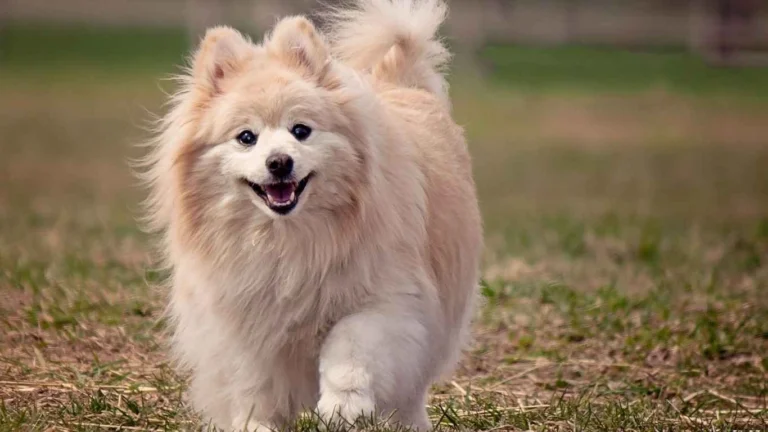Top 7 Best Hydrating Foods for Dogs in Summer to Beat the Heat
Summer can be downright brutal for our furry companions. As an Animal Care Specialist who’s seen more than my fair share of overheated pups walking through clinic and shelter doors, trust me—hydration isn’t just a luxury; it’s essential. One of the easiest and most overlooked ways to support your dog’s hydration? Through food! Yep, beyond the water bowl, the best hydrating foods for dogs in summer can make a huge difference. And I’ve learned firsthand that some picky eaters who won’t touch their water dish will happily gobble down juicy treats packed with moisture.
Why Hydration Through Food Matters More Than You Think

Most pet parents keep an eye on the water bowl—and that’s great! But here’s something I share often with new dog owners: water intake doesn’t just come from drinking. Some dogs, especially seniors or those with underlying health issues, might not drink enough on their own. That’s where high-moisture foods come in handy. These can supplement hydration, improve digestion, and even support organ function when the mercury spikes.
At the shelter, we often had dogs that were anxious, overheated, and not interested in eating kibble, let alone drinking water. Adding hydrating foods gave us a gentle way to cool them down and keep them nourished without overwhelming their system.
Top Benefits of Hydrating Foods for Dogs
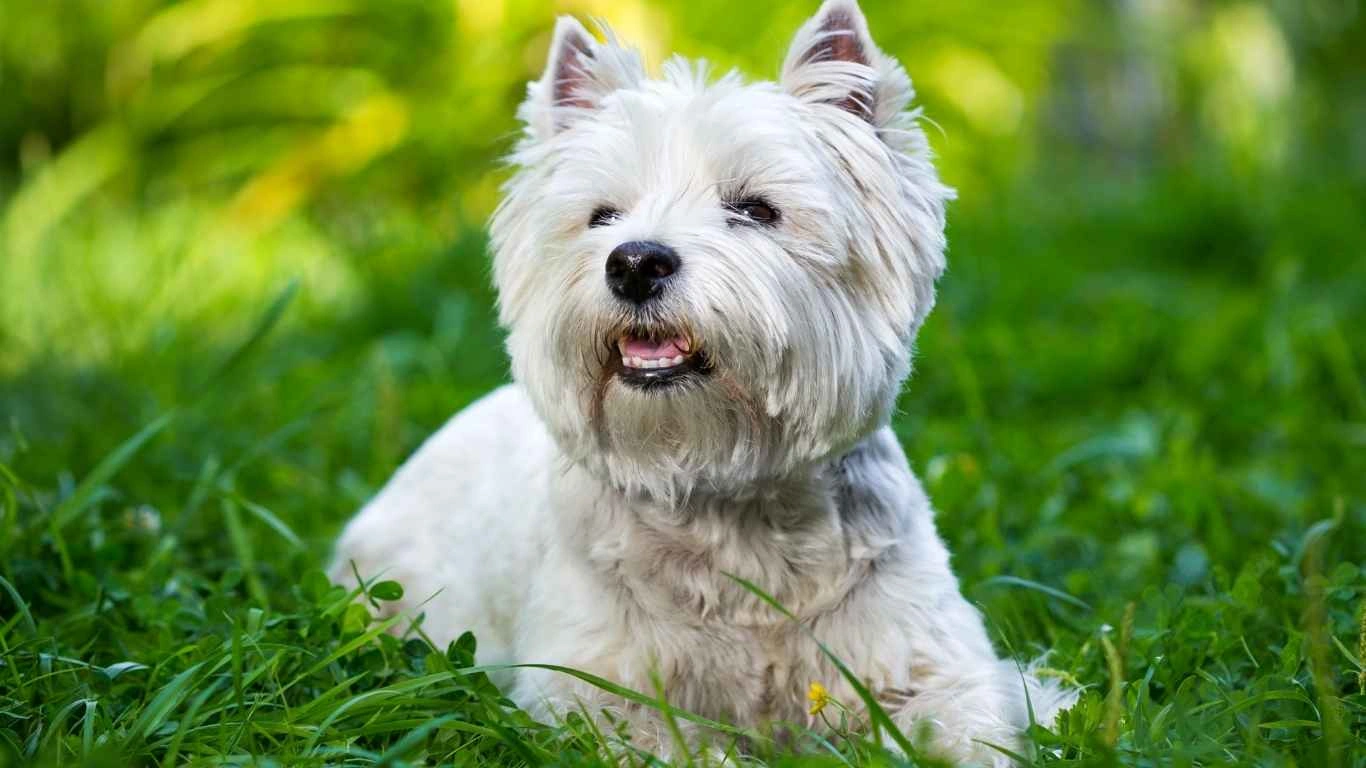
- Supports natural cooling: Foods with high water content help lower body temperature from the inside out.
- Aids digestion: Moisture-rich foods soften the digestive process and can help with constipation or tummy issues.
- Boosts appetite: When it’s hot, dogs often go off their food. Juicy treats can be more appealing and easier to eat.
- Encourages picky eaters: Fresh fruits and veggies can be exciting for dogs who usually turn their noses up at dry kibble.
Best Hydrating Foods for Dogs in Summer
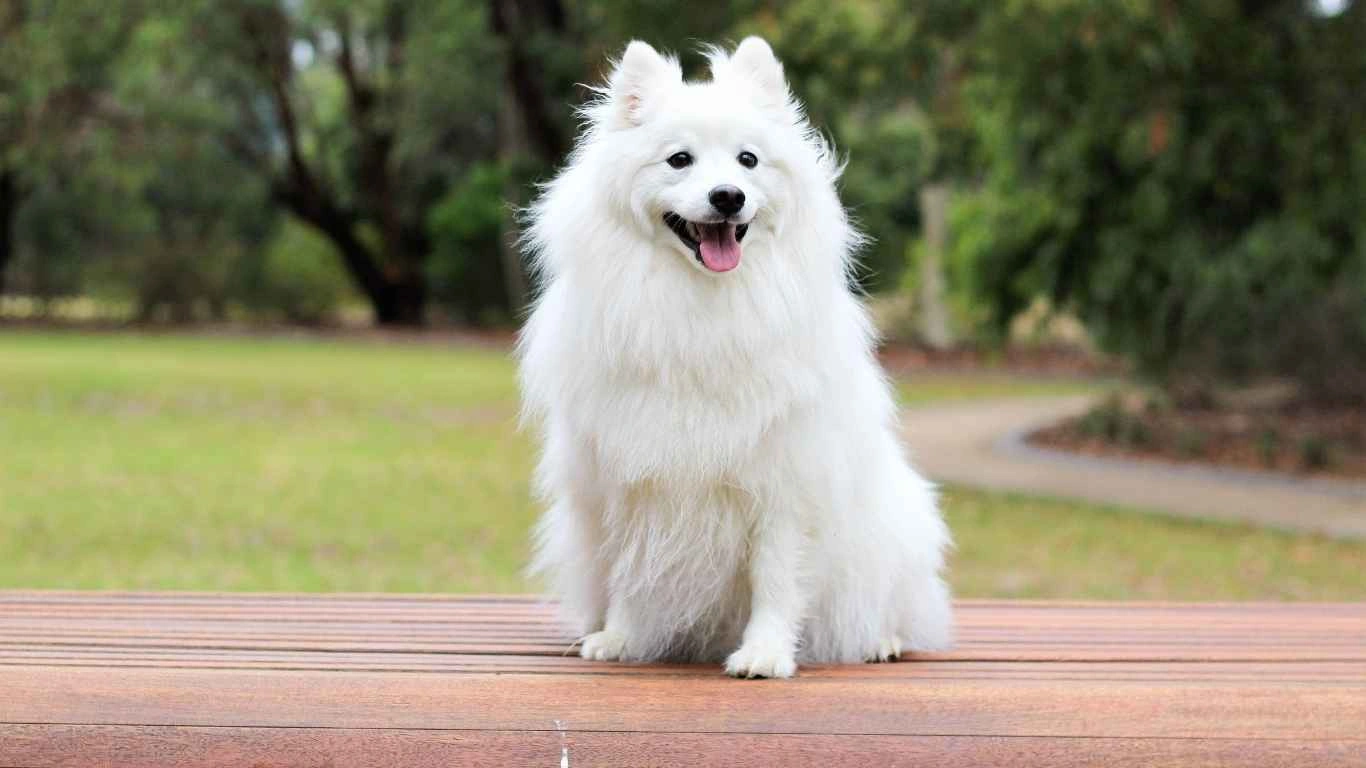
Now, let’s get into the good stuff—literally. These are the go-to summer staples I recommend to dog parents all the time, whether at the clinic or after fostering a dog who’s just come in from a rescue situation. They’re safe, vet-approved (yes, I’ve double-checked), and dogs usually love them!
1. Watermelon (Seedless Only!)
Hands down, a favorite. It’s about 92% water and sweet enough to be considered a “treat” in dog world. Just make sure it’s seedless and avoid the rind—it’s hard to digest. I had a senior pug who wouldn’t drink much water, but he’d dance for watermelon chunks.
2. Cucumber
Low in calories and super hydrating, cucumbers are great for dogs who need to watch their waistlines. Plus, the crunch can be satisfying. Pro tip: freeze cucumber slices for a cool chew treat!
3. Blueberries
Not only hydrating but also packed with antioxidants. A handful of these can be a perfect afternoon snack. I’ve tossed a few into ice cube trays with water and made little doggie “popsicles” that my fosters adored.
4. Zucchini
Soft, mild, and full of water, zucchini is easy on the stomach. I usually steam it lightly or serve it raw in small bits. It’s great mixed into meals for an added hydration boost.
5. Bone Broth Ice Cubes
This is a game-changer. Freeze low-sodium bone broth into ice cube trays and offer them as treats. They hydrate, add nutrients, and are just plain fun for dogs to lick on a hot day.
These foods are all about combining hydration with nutrition, and they’re backed by both my hands-on experience and veterinary best practices. But remember, moderation is key—especially with fruits, which can be high in natural sugars.
How to Serve Hydrating Foods the Right Way
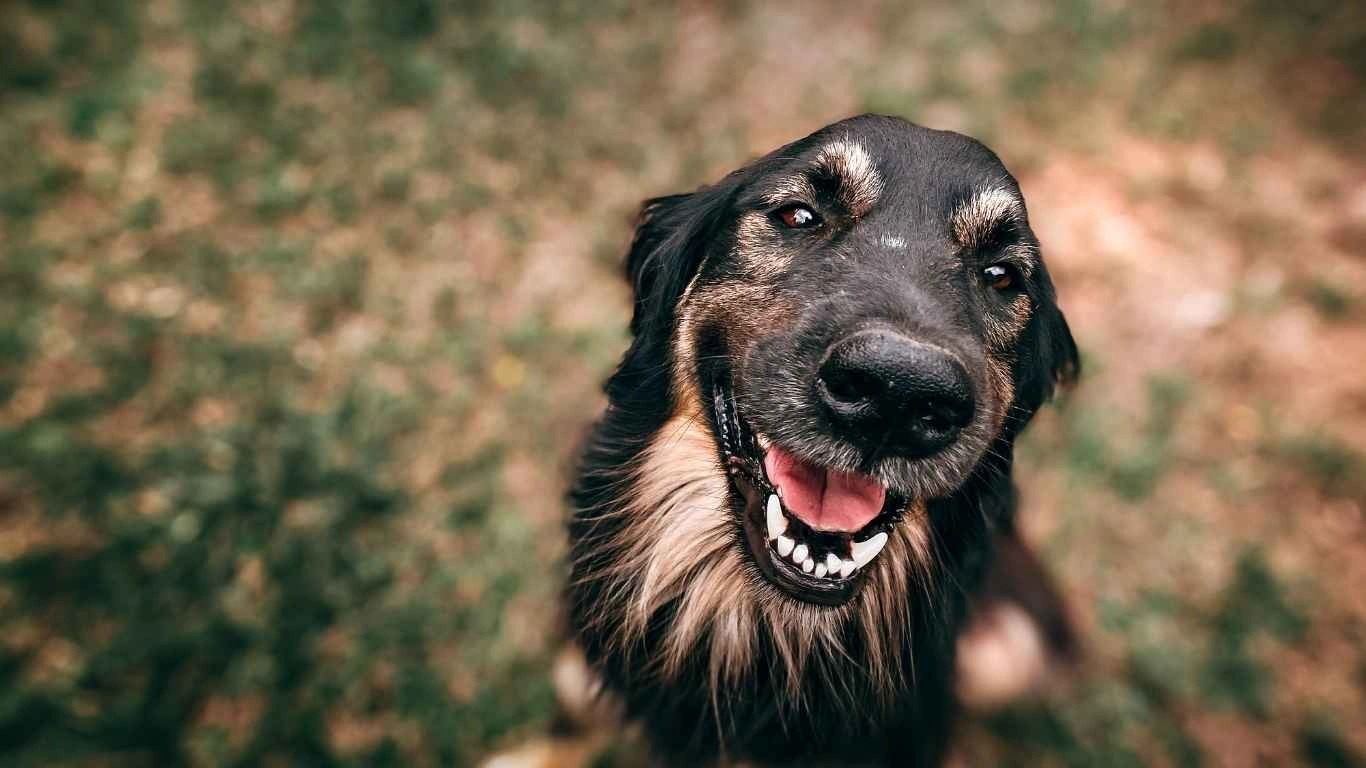
Alright, so you’ve got your fridge stocked with cucumbers, watermelon, and a few zucchinis. But how do you actually serve these to your pup? After years of working in shelters and clinics, I’ve learned that *presentation* and *portion size* matter more than most people think—especially with sensitive stomachs or picky eaters.
Start slow. Introduce just one new hydrating food at a time, in small quantities. Some dogs get overly excited with anything new (looking at you, Labrador parents), while others might turn their noses up until it’s served the right way. I usually recommend chopping the food into bite-sized pieces and mixing a few into their regular kibble. Or for an extra-hot day, blend it with a little water and freeze into a popsicle mold—it’s a fun way to sneak in both hydration and enrichment.
Quick tip: Always wash fruits and veggies thoroughly, remove any seeds or pits, and skip any seasonings. What’s tasty for us can be harmful to them (no salt, garlic, or onion—ever).
Foods to Avoid (Even in Summer)

This part’s super important, and I can’t stress it enough. I’ve had dogs rushed into the clinic after being fed something “healthy” that turned out to be toxic. When it comes to the best hydrating foods for dogs in summer, knowing what *not* to give is just as important as knowing what’s safe.
Never feed these foods, even if they seem juicy and refreshing:
- Grapes and raisins: Can cause kidney failure, even in small amounts.
- Cherries: The pits, stems, and leaves contain cyanide. Just not worth the risk.
- Onions and garlic: Dangerous even in powdered form—damages red blood cells.
- Avocado: Contains persin, which can be toxic to dogs in large quantities.
- Artificial sweeteners (like xylitol): Found in some low-cal popsicles or yogurt treats—can be deadly.
I had a client once who fed her beagle a “fruit salad” that included grapes and thought it was cute. The dog ended up in emergency care. Thankfully, he pulled through—but it was a close call. Please triple-check what’s safe before adding new ingredients.
Hydrating Food Ideas for Every Dog Type
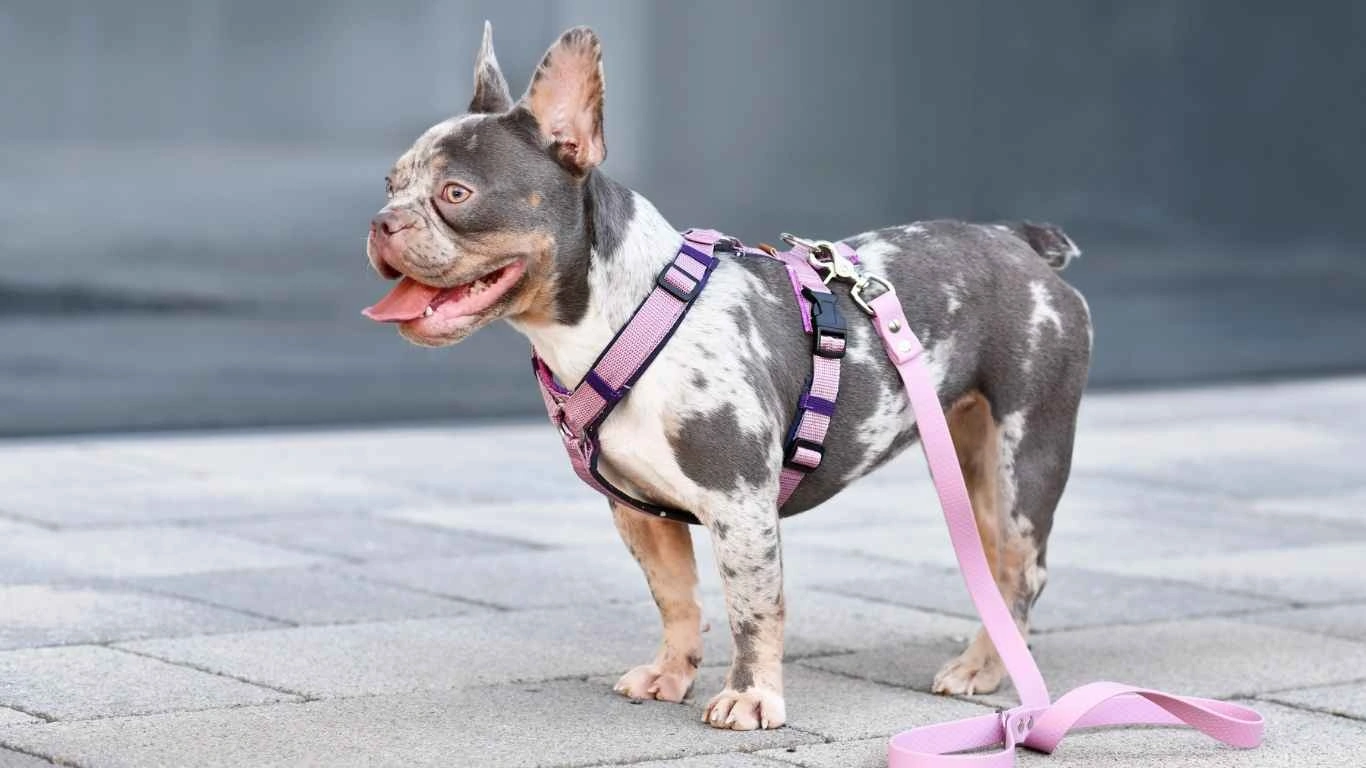
Every dog is unique, and what works for one might not sit well with another. Here’s how I usually break down hydrating food options depending on a dog’s age, size, or lifestyle:
Puppies
Puppies are full of energy and often teething, so frozen fruits like banana slices or soft blueberries in mesh feeders can soothe their gums and hydrate at the same time. Be mindful of portion sizes since their digestive systems are still developing.
Seniors
Older dogs may have fewer teeth or struggle with chewing. In that case, steamed or pureed veggies like zucchini or carrots are gentle and easy to digest. A soft melon cube goes a long way to keeping them cool and comfortable. I used to prep special bowls for senior dogs at the shelter—always low-sugar, soft, and hydrating.
Active Breeds
For high-energy dogs who are constantly on the go (think border collies and labs), hydration has to match exertion. Try adding hydrating foods like celery or watermelon to their meals post-play. Frozen bone broth cubes are also a hit with active pups—like an energy drink, but dog-safe!
Small Breeds
Smaller dogs have faster metabolisms and need compact, nutrient-dense snacks. Think: a tiny wedge of cucumber or a teaspoon of plain, unsweetened Greek yogurt with chopped berries. Be cautious not to overdo it—even “healthy” can be too much for their little bellies.
One thing I always keep in mind is that food can also be enrichment. It’s not just about hydration—it’s about giving dogs something exciting, refreshing, and mentally stimulating during the hot months. Bonus points if it gets a tail wag and some slobbery appreciation in return.
Tips to Keep Your Dog Hydrated All Summer Long
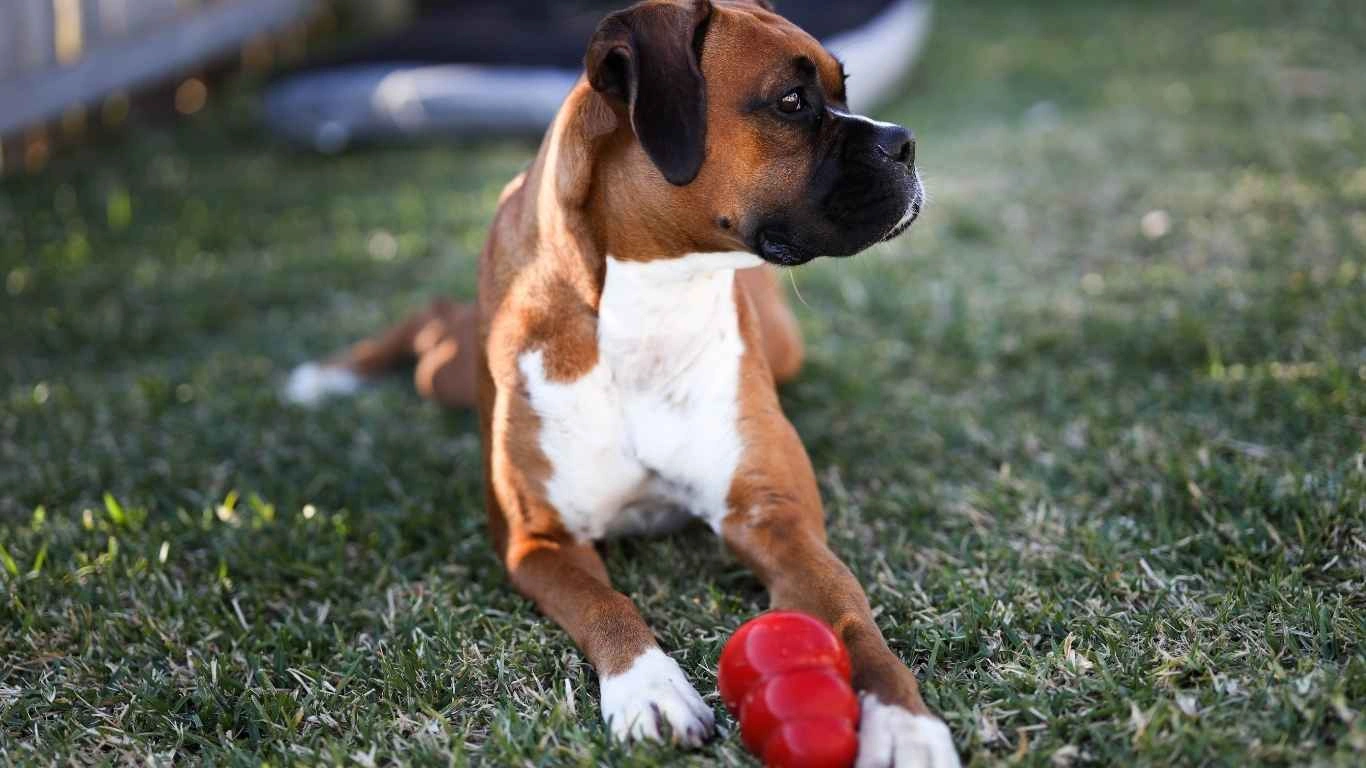
We’ve covered a bunch of great hydrating foods for dogs in summer, but hydration is a full-day effort—not just meal time. Over the years working with all kinds of dogs, from tiny terriers to giant breeds, I’ve picked up some practical tips that really help keep hydration levels steady when the heat is relentless.
- Keep fresh water accessible everywhere: Whether you’re indoors or outside, always have clean water bowls ready. Dogs are more likely to drink if water is easy to reach and fresh. At the shelter, we rotated water bowls multiple times a day to keep them cool and inviting.
- Use water fountains: Some dogs prefer running water over stagnant bowls. Pet water fountains can encourage reluctant drinkers to lap more often.
- Ice cubes are your friend: Tossing a few ice cubes in the water bowl or letting your dog lick them like a treat can add a little excitement to hydration.
- Offer hydrating snacks between meals: Watermelon chunks, frozen blueberries, or cucumber slices make great quick refreshers.
- Schedule walks during cooler parts of the day: Early mornings or late evenings reduce the risk of dehydration from heat exhaustion.
- Watch for signs of dehydration: Sunken eyes, dry gums, lethargy, or sticky saliva mean it’s time to get your dog drinking and cooled down immediately.
One of my favorite summer hacks is blending hydrating foods into a smooth puree and freezing them into small popsicles. They’re a crowd-pleaser for foster dogs and my own pets alike, and a good distraction from the heat.
Understanding When to Consult Your Vet About Hydration

Even with the best hydrating foods for dogs in summer and all these practical tips, sometimes dehydration can sneak up on even the most vigilant pet parents. Here’s where experience in the field tells me that knowing when to call in the pros is critical.
If you notice any of the following, don’t wait:
- Persistent vomiting or diarrhea: These can quickly drain your dog’s fluids.
- Excessive panting or weakness: Especially after short walks or light play.
- Refusal to drink water for over 12 hours: This is a big red flag.
- Dry or tacky gums and loss of skin elasticity: Classic signs of dehydration vets look for during exams.
From my years at the clinic, I’ve seen cases where early intervention with IV fluids and rest made all the difference in a dog’s recovery. Don’t hesitate to reach out to your vet—they’re your best resource when it comes to your dog’s health.
Final Thoughts on the Best Hydrating Foods for Dogs in Summer
Summer doesn’t have to mean worrying about dehydration all the time. By integrating the best hydrating foods for dogs in summer into your pet’s routine, you’re not just offering moisture—you’re providing extra nutrition, flavor variety, and care that your dog will genuinely appreciate. Remember, hydration is a daily, ongoing process that works best when combined with fresh water, good timing, and attention to your dog’s individual needs.
And from one animal care specialist to another pet lover: keep observing, stay curious, and never hesitate to ask your vet when you’re unsure. Your pup’s well-being is worth it.
References
Disclaimer
This article is intended for informational purposes only and does not replace professional veterinary advice. Always consult your veterinarian before making changes to your dog’s diet or if you suspect your pet is dehydrated or ill. Every dog is unique, and their needs may vary based on health, age, and lifestyle.

